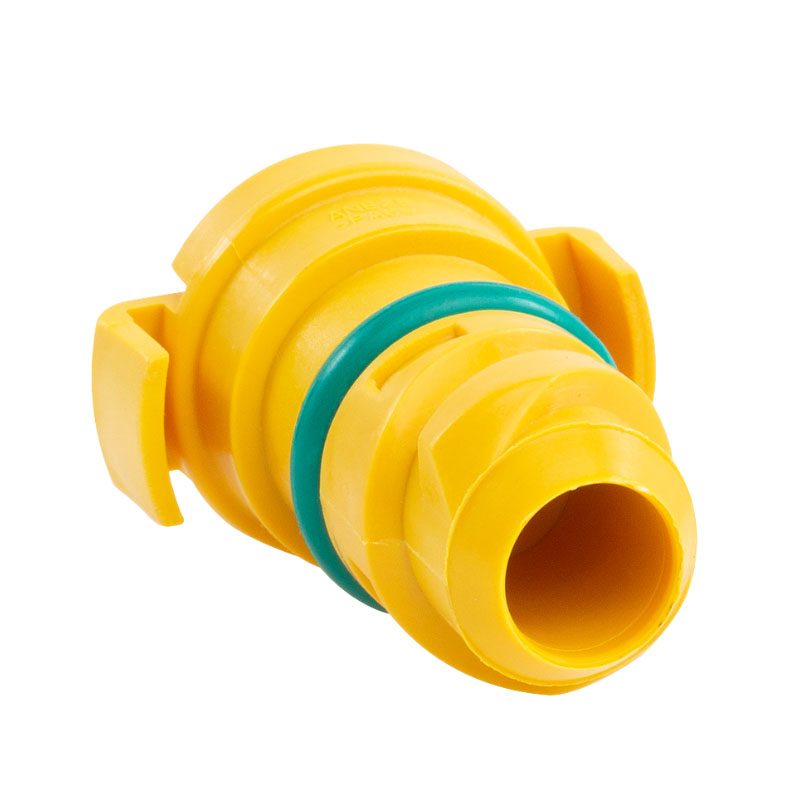o ring hydraulic seals
Understanding O-Ring Hydraulic Seals Key to Effective Sealing Solutions
O-rings are one of the most widely used sealing solutions in the industry, particularly in hydraulic applications. These simple yet crucial components play a vital role in preventing fluid leakage, ensuring system efficiency, and maintaining optimal performance in various mechanical systems. This article will delve into the function, design, materials, and advantages of O-ring hydraulic seals and their importance in modern engineering.
What is an O-Ring?
An O-ring is a circular sealing element typically made from elastomeric materials. Its design resembles the letter O, hence the name. O-rings are inserted into a groove, where they compress between two mating surfaces when assembled. This compression creates a tight seal that prevents the passage of fluids and gases, making them integral to hydraulic systems where pressure is a critical factor.
Function and Applications
In hydraulic systems, O-rings serve to keep hydraulic fluids contained within the machinery. This is essential in applications such as hydraulic cylinders, pumps, and valve assemblies, where fluid pressure is high and leakage can lead to inefficiencies or catastrophic failures. O-rings can accommodate dynamic sealing applications, where there is movement between the sealing surfaces, as well as static seals, where components remain stationary relative to each other.
The effectiveness of O-rings is evident across various industries, including automotive, aerospace, manufacturing, and oil and gas. They are used in everything from hydraulic lifts and machinery to aircraft systems and automotive engines, highlighting their versatility and reliability.
Materials of O-Rings
The performance of an O-ring is heavily influenced by the material from which it is made. Common materials used for O-rings in hydraulic applications include
1. Nitrile (NBR) Known for its excellent oil resistance and durability, Nitrile is widely used in hydraulic applications, especially with petroleum-based hydraulic fluids. 2. Fluorocarbon (FKM) This material offers superior resistance to high temperatures and aggressive chemicals, making it ideal for demanding environments.
o ring hydraulic seals

4. Silicone While not as strong in terms of mechanical properties, silicone O-rings can withstand extreme temperatures and are often used in applications requiring high-temperature stability.
Choosing the right material is crucial to achieving the desired performance characteristics, as environmental factors such as temperature and chemical exposure can greatly influence the longevity and reliability of O-rings.
Advantages of O-Ring Seals
O-ring hydraulic seals offer numerous advantages over other sealing methods
- Cost-Effectiveness O-rings are relatively inexpensive compared to other sealing solutions, making them an economical choice for manufacturers and engineers.
- Simplicity Their straightforward design allows for easy installation and replacement, which can save time and labor costs in maintenance.
- Versatility O-rings can be used in a wide range of applications and are available in various sizes, making them suitable for different types of machinery and components.
- Performance When properly selected and maintained, O-rings can provide an effective seal that withstands high pressure and extreme temperatures, ensuring the reliability of hydraulic systems.
Conclusion
O-ring hydraulic seals are fundamental components in modern engineering that provide reliable sealing solutions for various applications. Their design, material options, and ease of use contribute to their popularity across multiple industries. By understanding the importance of O-rings, engineers and manufacturers can enhance the performance and longevity of their hydraulic systems, leading to improved efficiency and reduced maintenance costs. As technology advances, the development of new materials and designs will likely continue to expand the potential of O-ring seals, solidifying their role in the future of hydraulic engineering.
-
Understanding the Front Main Engine Seal: Purpose, Maintenance, and Installation
News Jul.29,2025
-
Understanding O-Rings and Seal Rings: Types, Applications, and Custom Solutions
News Jul.29,2025
-
Understanding Crankshaft Oil Seals: Rear Seals, Pulley Seals, and Their Role in Engine Integrity
News Jul.29,2025
-
The Importance of Front and Rear Crankshaft Seals in Engine Performance and Oil Management
News Jul.29,2025
-
Crank Oil Seals: Functions, Types, and Cost Considerations in Engine Maintenance
News Jul.29,2025
-
A Comprehensive Guide to O-Rings and Seals: Types, Materials, and Global Applications
News Jul.29,2025
-
Mastering Diesel and Performance Engine Maintenance: A Guide to Critical Oil Gaskets
News Jul.28,2025
Products categories















